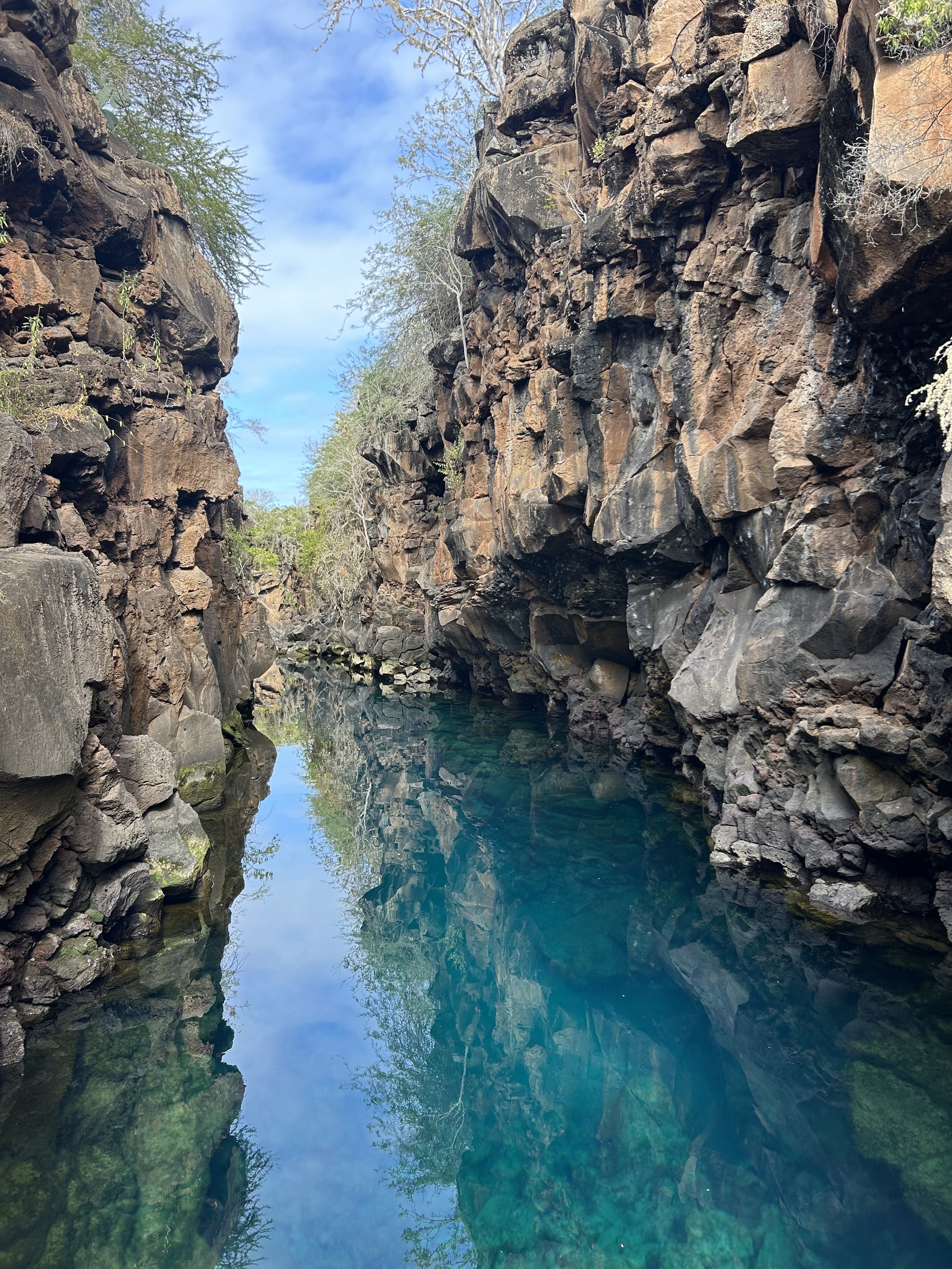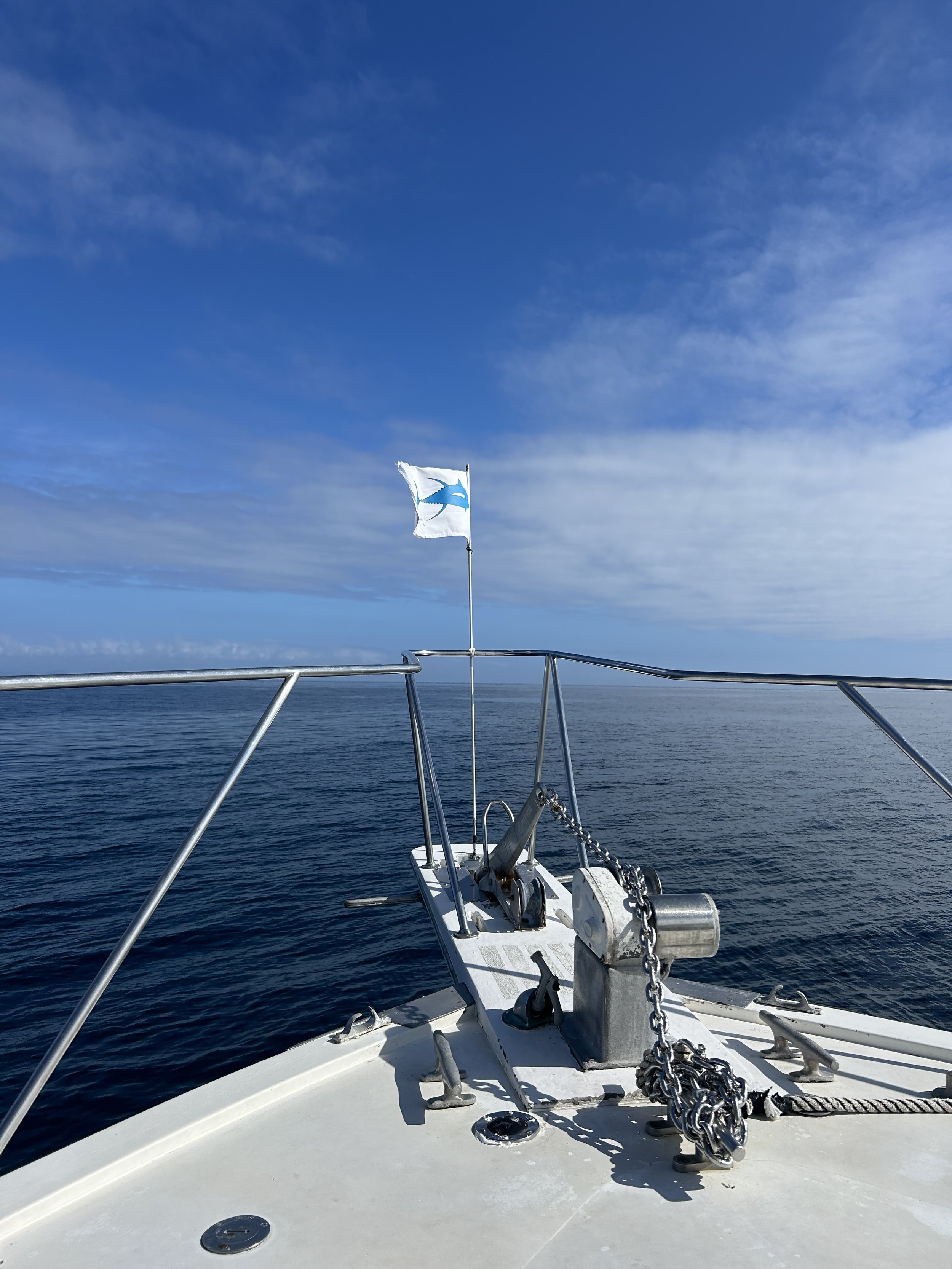A Journey Into Nature’s Laboratory: The Galápagos Islands
Located 600 miles off the coast of mainland Ecuador, the Galápagos Islands are home to some of the world’s unique and rare species — due to the area's wide range of habitat zones and the evolutionary isolation.
A few months ago, I took a trip with my family to this archipelago of volcanic islands and was in awe of the rich natural beauty. As a biology major and aspiring ecologist, visiting the Galápagos Islands has been on my bucket list for as long as I can remember. Over the course of 4 days, we visited the islands of Santa Cruz and Bartolomé, but there are 13 major islands and over 60 smaller islands that are all protected as part of Ecuador's Galápagos National Park and Marine Reserve.
Seeing the incredible wealth of biodiversity and the sheer natural beauty of the Galápagos was an emotional experience for me. Not only did it reaffirm my commitment to environmental conservation, it also reminded me of why I am pursuing a career in research as Charles Darwin documented the species he saw in an attempt to understand how and why they exist, it is the next generation of scientists' responsibility to learn the natural history of species in order to protect the biodiversity of the world.
The Seymour Galápagos Ecological Airport welcomes visitors in both English and Spanish as they step off the tarmac and into the covered pathway on the island of Balta, Ecuador on May 12, 2024.
The Leadership in Energy and Environmental Design (LEED) Gold Certification emblem seen on the sign signifies the airport’s preeminent status as the first healthy, highly efficient, and cost-saving green airport in the world.
A Galápagos marine iguana blends in with black volcanic rocks while sunbathing beside a footpath on the island of Santa Cruz on May 13, 2024.
Two fishermen’s boats float in the Puerto Ayora jetty on the island of Santa Cruz as clouds partially cover the late afternoon sunlight on May 12, 2024.
A Galápagos brown pelican floats near a volcanic rock formation in Tortuga Bay, Santa Cruz, where the shallow algae-filled water transitions to the crystal-clear ocean on May 13, 2024.
Sedges and grasses adapted to the harsh weather grow along the northwest coast of Bartolomé Island on May 14, 2024.
A nursery of young black tip reef sharks lounge in the warm shallow waters of a mangrove in Tortuga Bay, Santa Cruz on May 13, 2024.
A cluster of Galápagos penguins, the only penguins found north of the equator, hang out on Bartolomé Island’s rocky coast on May 14, 2024.
The gallery wall of the Charles Darwin Research Station in Santa Cruz highlights some endemic species found in the Galápagos while stating the station’s mission in Spanish on May 12, 2024. Several significant documents, including excerpts from Darwin’s notes, sit on display in the glass table case.
A saddle-backed giant tortoise, only found on the Charles Darwin Research Station, extends its neck towards leafy plants on May 12, 2024.
Las Grietas, a natural saltwater swimming hole on Santa Cruz, is nestled between two lava cliffs on May 13, 2024.
A Galápagos green turtle, the only species of sea turtle to breed and nest in the Galápagos, swims near Bartolomé Island, Tuesday, May 14, 2024.
The sea blends into the sky from the bow of a yacht traveling from Santa Cruz to Bartolomé Island on May 14, 2024.
A well-camouflaged Galápagos marine iguana perches on lava rocks in Playa de la Estación, Santa Cruz on May 12, 2024.
A sea lion comes up for air near the shore of Bartolomé Island, on May 14, 2024.
Pinnacle Rock, Sullivan Bay, and other islands make up the iconic view from the 2003 blockbuster movie “Master and Commander: The Far Side of The World” on May 14, 2024.
A cluster of marine iguanas relax under a mangrove tree on the white sand beaches of Tortuga Bay on May 13, 2024.















